

Yellowstone in the USA is famous for monstrous geysers, dazzling hot springs, and untamed wildlife. Join us on a wilderness adventure in America's oldest national park!
| Location: | Wyoming, Montana, and Idaho |
| Size: | 9,000 km² |
| Visitors: | about 4 million per year |
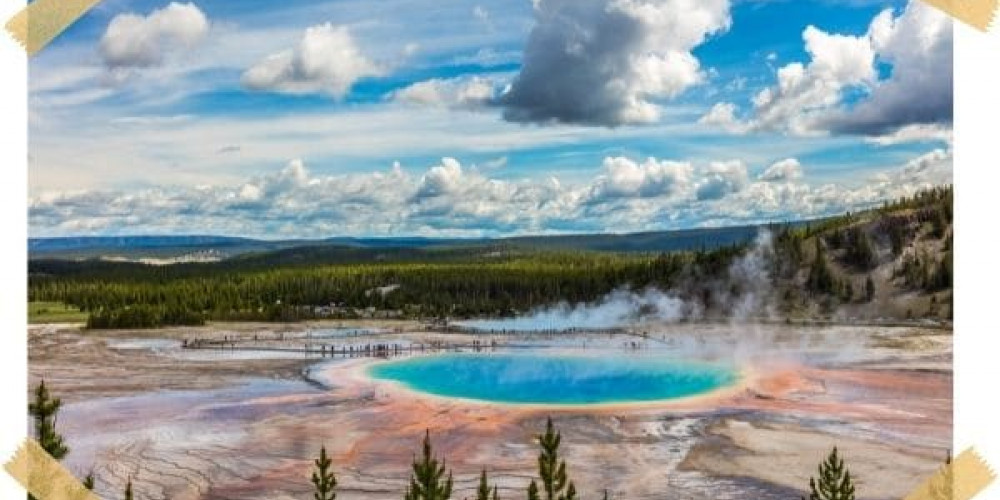
Yellowstone National Park is a 9,000 km2 landscape of thermal springs, geysers, rivers, mountains, forests, and waterfalls on top of the 17-million-year-old Yellowstone supervolcano.
The park is mostly located in the US state of Wyoming and has intersections with the US states of Montana and Idaho. Many animal species live in the park's five zones, including bears, elk, wolves, wapitis, bison, and birds of prey.
About 17 million years ago, an 800-km-long trail of more than 100 volcanic calderas formed in the western United States, including Yellowstone's caldera.
Native Americans lived around the area of today's Yellowstone National Park as early as 11,000 years ago. Among the native tribes were Shoshone, Blackfoot, Absarokee, and Bannock.
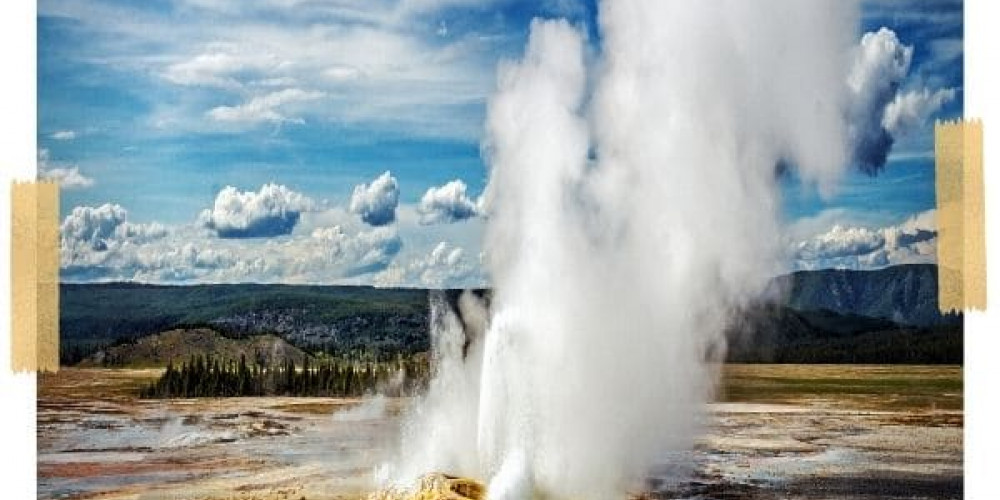
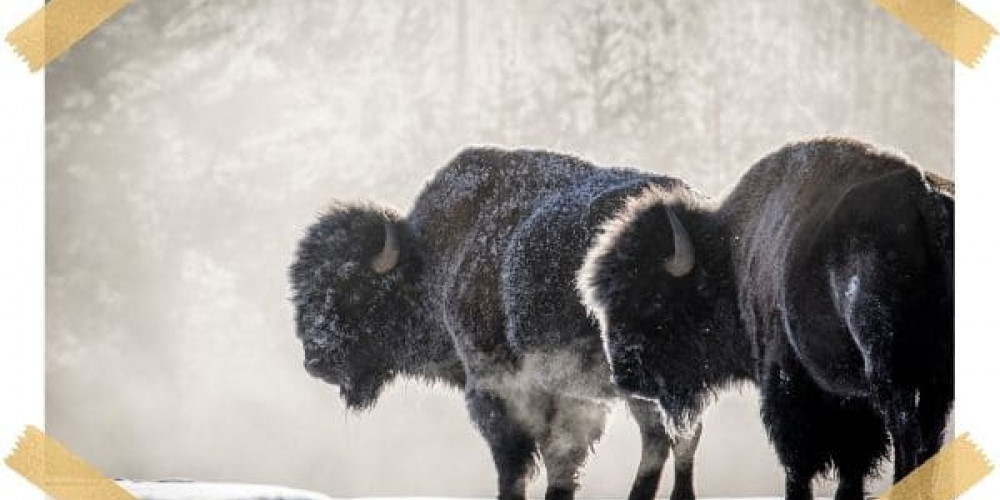
Despite several expeditions, e.g., by trapper John Colter in 1807 or the Folsom Expedition in 1869, the area in the western United States was initially spared colonization by the colonial powers. Not until 1870 did Montana's Inspector General Henry Dana Washburn's expedition let the interest in the Yellowstone landscapes rise.
It was particularly the misadventures of explorer Truman Everts that made the Washburn-Langford-Doane expedition world famous. Truman ate poisonous berries, lost his glasses, got lost for days, burned himself on a campfire, was attacked by a cougar, and accidentally started a forest fire before being rescued.
The expedition's reports and pictures prompted American environmentalists to call for a protected area around Yellowstone. Decision-makers in Washington, D.C., were persuaded, so in 1872, President Ulysses S. Grant passed a law declaring the Yellowstone area a national park.
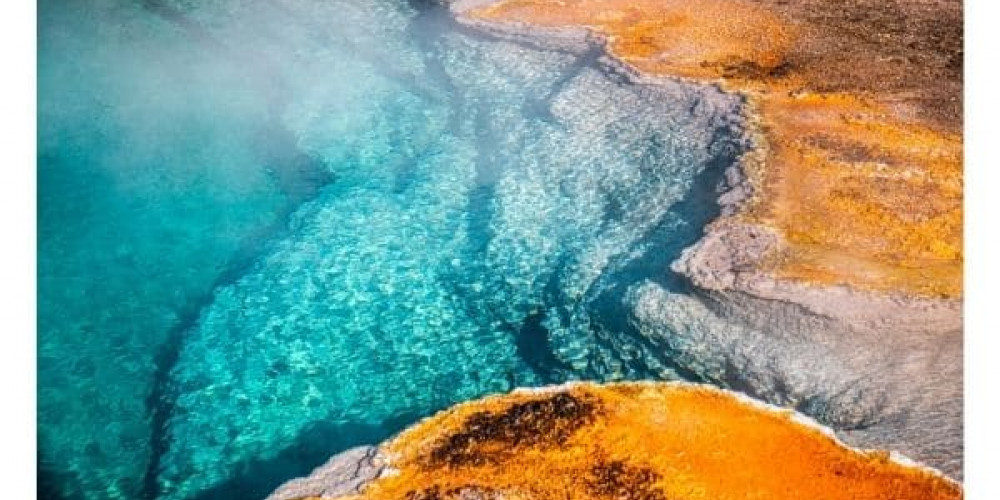
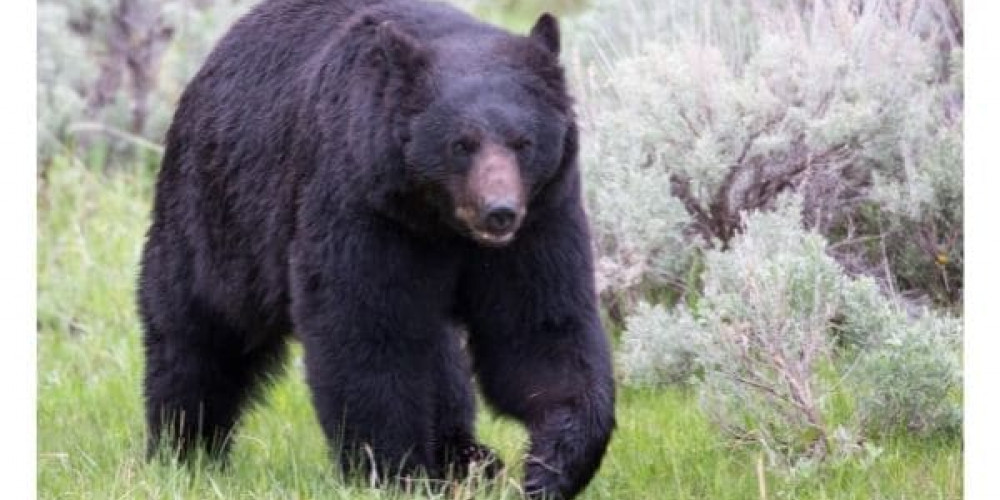
Despite all protective measures, poachers and vandals ensured that no Native Americans were to be found in Yellowstone Park after 1880. In 1978, UNESCO declared the park a World Heritage Site. The supervolcano is still active today.
Yellowstone National Park is easily accessible by air or on a relaxing road trip from surrounding US states.
The closest airport to Yellowstone National Park is Bozeman Yellowstone International Airport (BZN). From Europe, you'll be traveling between 17 and 20 hours with airlines such as Lufthansa, SAS, American, and United, paying between € 600 and € 1,000 for your flight.
From the airport to the entrance of Yellowstone National Park, it will take you another 1.5 hours by car. We recommend you rent a car, in which you can also camp comfortably if necessary.
Remember
If you are not a US citizen or Green Card holder, you will need a US visa or ESTA to enter the United States.
Are you driving from Washington, Montana, Oregon, Nevada, Utah, or Idaho? Then you should know which entrance to set up in your navigation system.
Yellowstone traffic hotline
For daily updates on road conditions and closed routes around Yellowstone National Park, call (307) 344-2117 or text "82190" to 888-777. Be sure to get a SIM card for the USA before your trip.
If you want to enjoy Yellowstone National Park in its full size and splendor, you'll need at least three full days in the park. Due to buffalo herds on the roads or extended wildlife viewing on any tour, be sure to factor in delays.
Since summer road conditions are optimal, summer is also the peak season in Yellowstone National Park. It can get very hot, but temperatures drop sharply in the evenings and at night due to the mountains.
If you want to avoid crowds and traffic jams, it's best to come to the park from April to May or September to October. Also, the snowy winter in Yellowstone National Park is a magical experience!
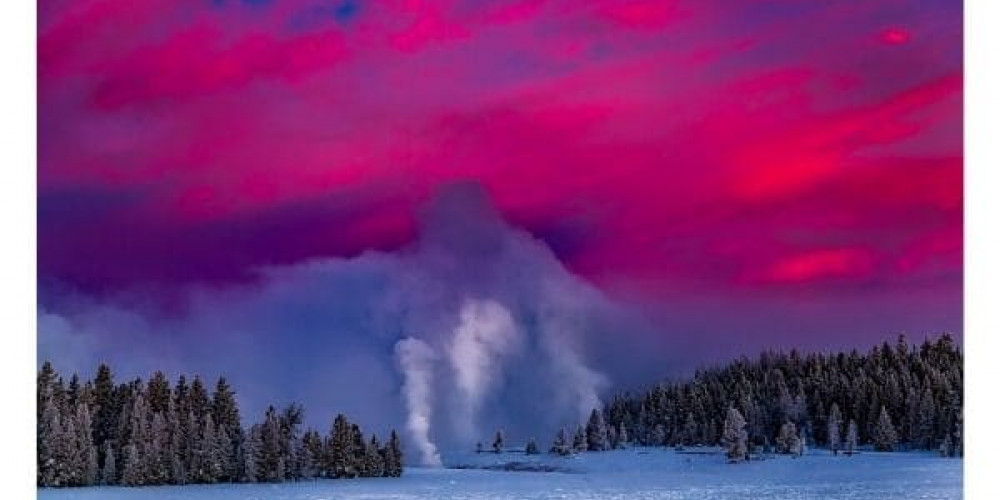
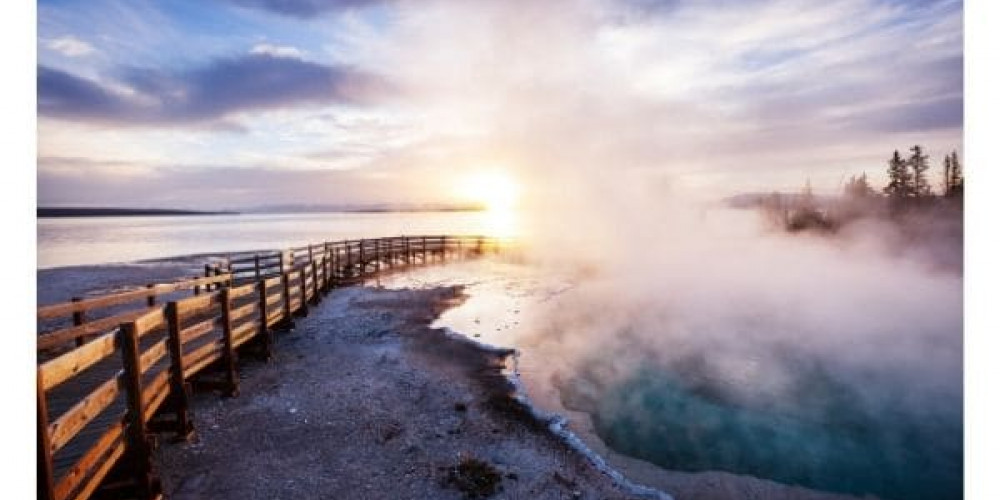
Want to get the most out of your stay in Yellowstone National Park? Book an all-inclusive tour with an experienced ranger. That way, you won't miss a thing!
The Yellowstone Yellow Bus Tours are popular with old vehicles from the 1920s. The buses offer the perfect setting for wildlife viewing, photo safaris, and sightseeing with their folding roofs and panoramic windows.
Or how about a Wild West cookout with horses and a cowboy dinner around the campfire? There's something for everyone in Yellowstone National Park!
In Yellowstone National Park, you share the road with countless species of animals. Bison jams are a daily phenomenon. Buffalos especially like to get up close and personal with motorcyclists, so you'll be quite happy to sit in a metal box. Most parts of the park are easily accessible by car, but the most secret corners can only be reached on foot.
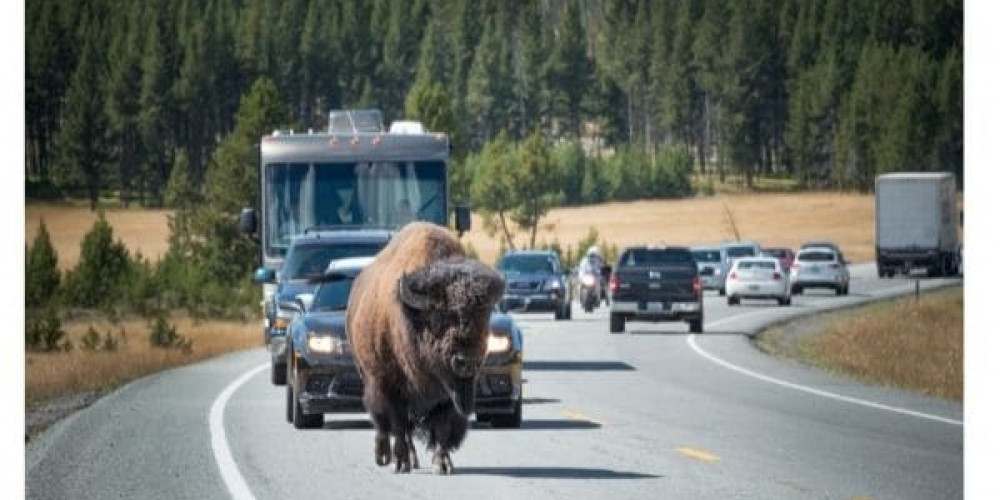
When you go hiking in Yellowstone National Park, you'll have endless boardwalks, enchanted trails, and plenty of overlooks to choose from. Biking is also no problem in Yellowstone's wilderness, as many trails are well-maintained or even paved. However, don't forget that you share the park with wild animals. Keep your distance and take a can of pepper spray with you.
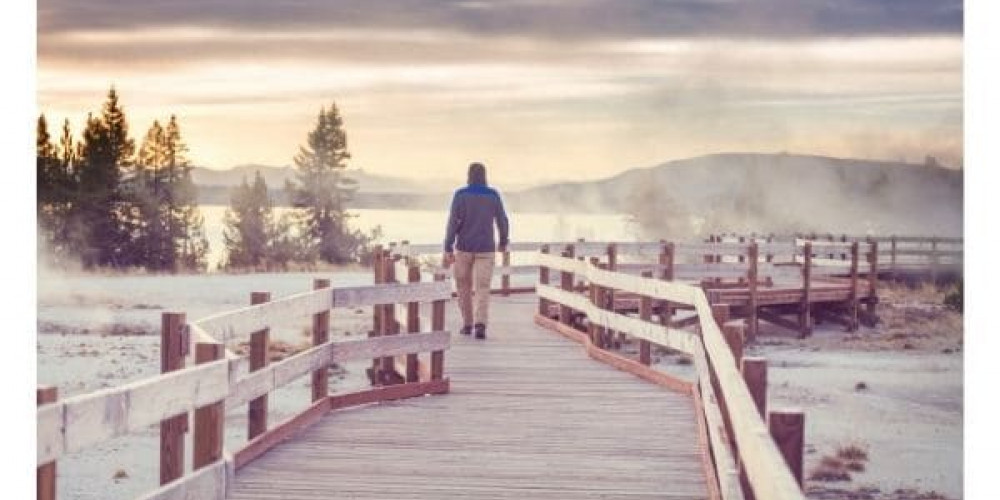
We highly recommend paddling the rivers and lakes of Yellowstone National Park! Be aware, however, that you will be confronted with difficult conditions due to sudden strong winds and waves as well as strongly fluctuating water temperatures from freezing cold to boiling hot. We do not recommend swimming - except at the official bathing places.
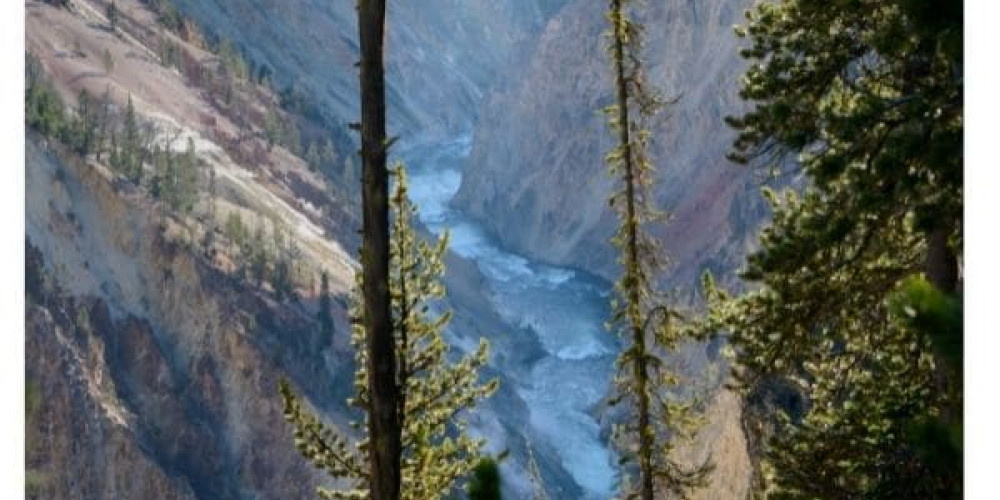
Camping in the park is only allowed in designated areas. But there are plenty in Yellowstone National Park: more than 2,000 campsites are waiting for you. As you hike through the backcountry, you'll find many backcountry campsites along the lonely hiking trails. If possible, reserve your campsite before you arrive.
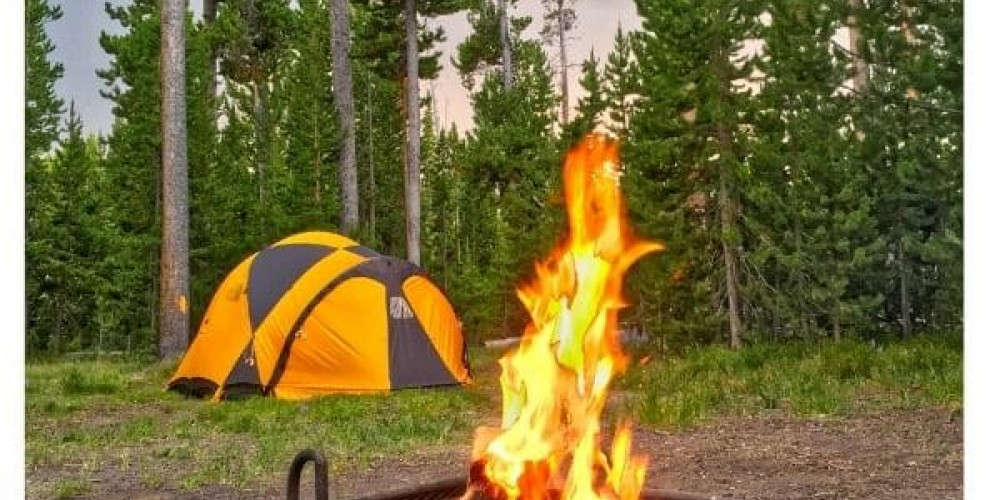
Great hotels and themed lodges await you at all five entrances to Yellowstone National Park. We recommend that you make your reservations early, as the sleeping accommodations in the lovingly designed hotel rooms and cabins are in high demand. Prices range from €100 to €200 per night, depending on when you plan your Yellowstone vacation.
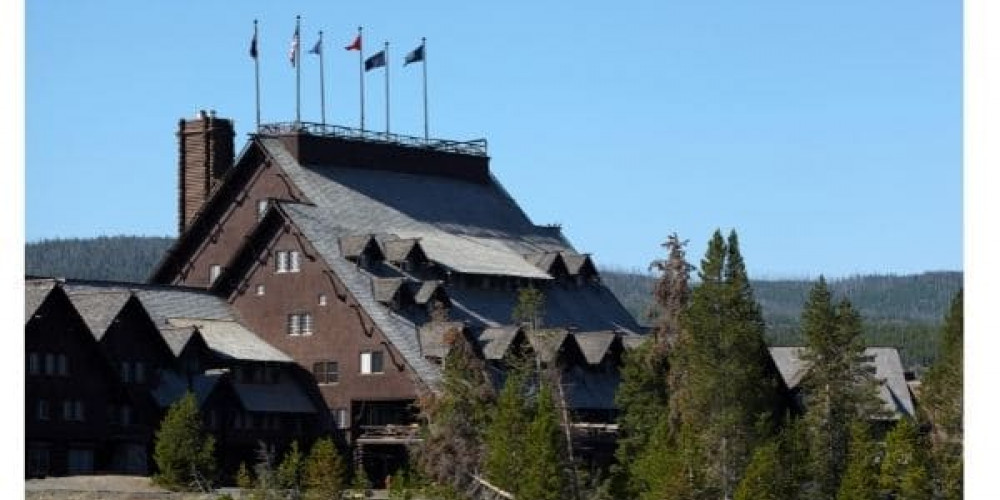
There's a lot going on around the Yellowstone supervolcano! Geysers, hot springs, wildlife, mountains, and waterfalls are waiting for you!
The countries of Yellowstone National Park can be divided into five zones. These include Mammoth Country, Roosevelt Country, Canyon Country, Lake Country, and Geyser Country.
Mammoth Country in the northwest of the park is known for its thermal springs and limestone terraces. Take a walk on the boardwalks or tour the terraces above the steaming springs. If you're lucky, you might even encounter a herd of wapiti here.
In sparsely visited Roosevelt Country in northeast Yellowstone National Park, you'll find volcanic cliffs, sagebrush hills, and plenty of quiet for biking and hiking. Here, you'll encounter deer and bison. A hike to Tower Fall waterfall or a climb to Calcite Springs Overlook is well worth it!
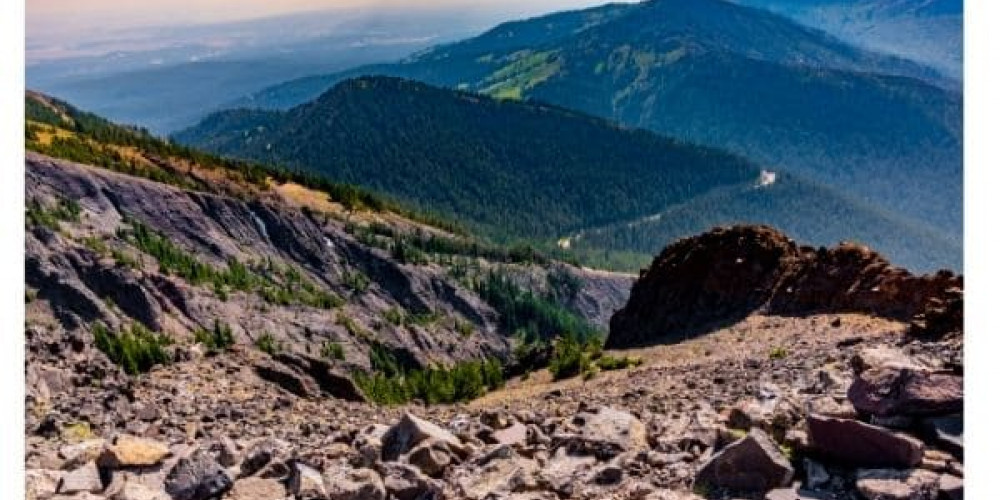
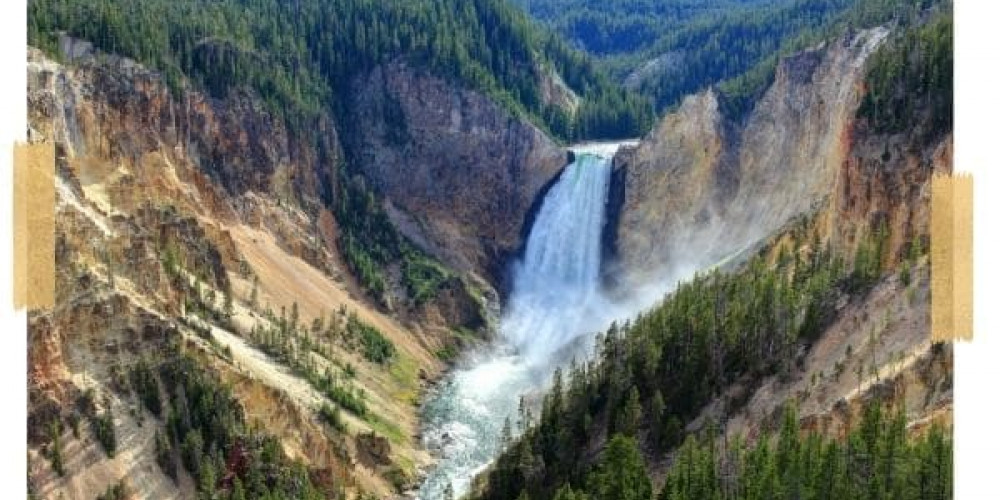
Canyon Country got its name thanks to the rocky canyon formed by the Yellowstone River. Besides the Grand Canyon of the Yellowstone, you will also find the famous waterfalls "Upper Falls" and "Lower Falls" as well as a number of sensational viewing platforms.
As the name "Lake Country" suggests, this district consists mainly of lakes. Here, you can find Yellowstone Lake, Heart Lake, and Hebgen Lake. You will also encounter countless animals such as fish, birds of prey, moose, and bears.
Geysers are spraying in the southwest of Yellowstone National Park! In the cauldron of Yellowstone's supervolcano, more than 10,000 hydrothermal phenomena await you, including bubbling mud pots and hot springs that glow in brilliant colors.
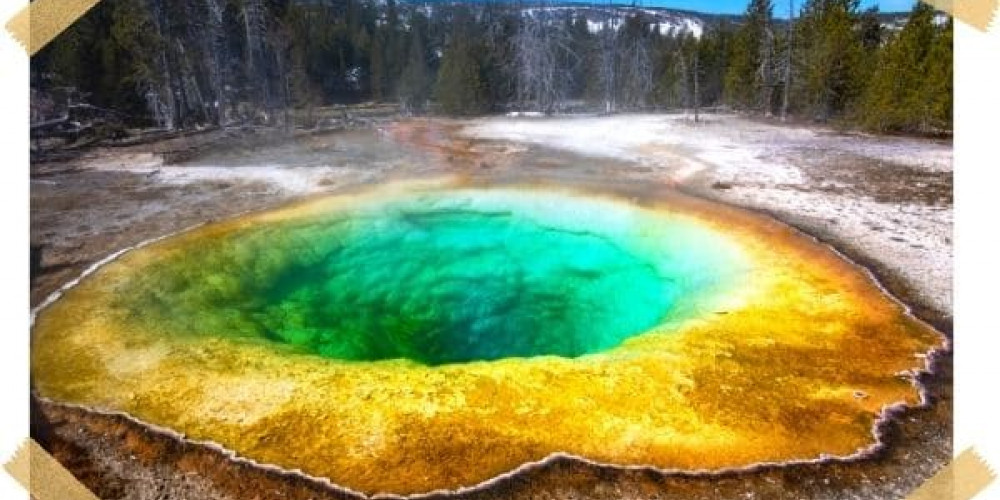
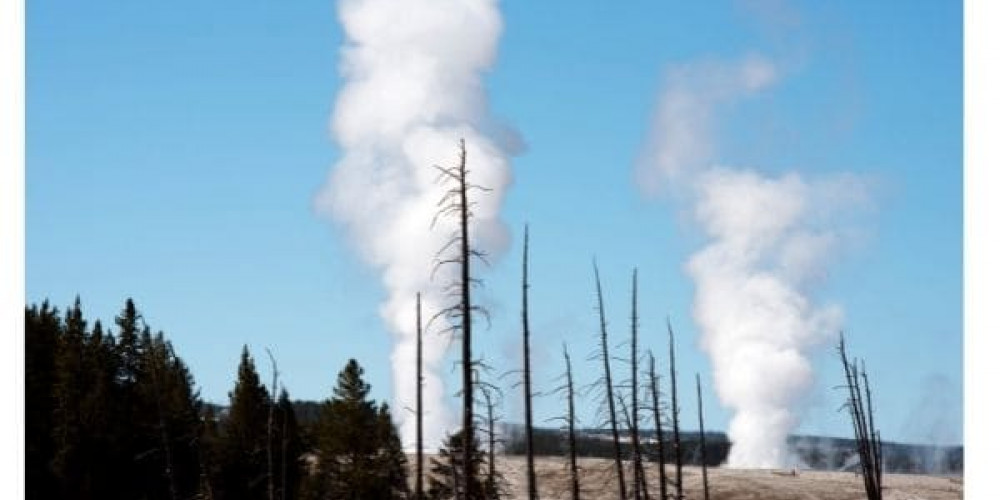
Old Faithful is the most famous geyser in the world. It got its name because, at the time of its discovery, it erupted reliably every 92 minutes. Today, the interval between the up to 55 m high fountains is not as reliable, but if you spend between 60 and 110 minutes at the geyser, you will definitely experience an eruption.
Steamboat Geyser's water fountain breaks all records: it can spray up to 90 meters high! However, its eruptions are unpredictable, and you'll need a lot of luck or time to see it in action.
Grand Prismatic Spring is the largest thermal spring in the USA. With its approximately 50-meter-deep waters, the dazzling body of water delights with green, red, and turquoise hues. The approx. 70°C hot pool changes its color depending on the season.
The hottest twins in Yellowstone National Park are called Chromatic Spring and Beauty Pool. They are connected underground, so a rise in water in one pool automatically means a drop in water level in the other.
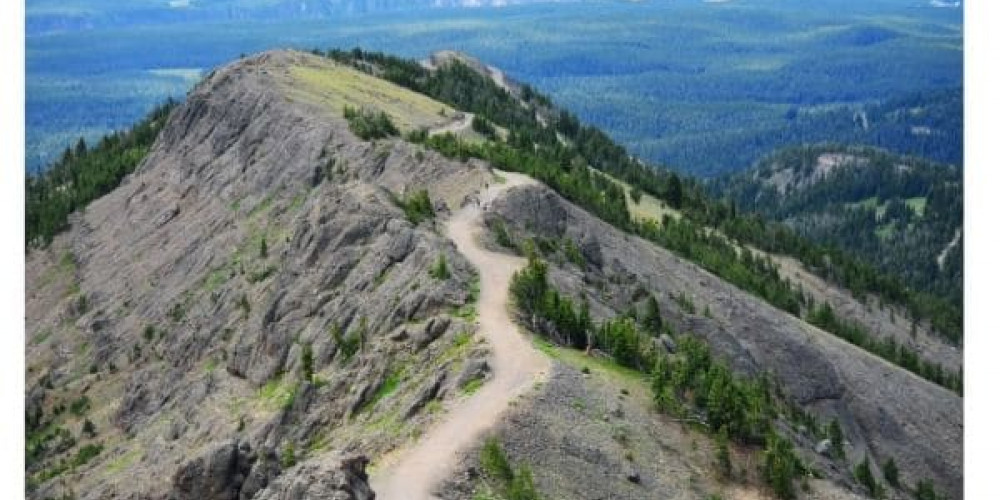
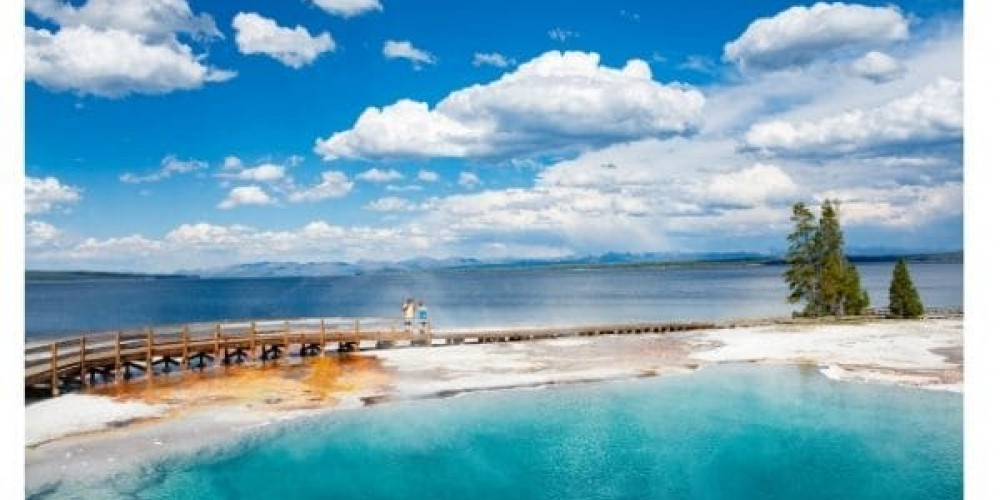
Mount Washburn can be seen from almost anywhere in the park, thanks to its elevation of over 3,000 m. An observation post for wildfire sightings is built on its summit, which also serves as a visitor center.
The "Grand Canyon of the Yellowstone" stretches 300 m deep over a length of about 32 km through the rocks. Hiking along the canyon, you will find several spectacular viewpoints and see three gigantic waterfalls: the Upper Falls, the Lower Falls, and the Crystal Falls.
Tip
If you want to hike down to the bottom of the canyon, you can do this via the Seven Mile Hole Trail. But be careful: The descent is really strenuous, and the hike takes 5 - 8 hours!
If you're ever at the Grand Canyon of the Yellowstone, don't miss a visit to the Canyon Visitor Education Center at Canyon Village! Here, you'll find exhibits about Yellowstone's supervolcano, films about the park, and plenty of exciting narration from park rangers.
Mammoth Hot Springs is home to historic Fort Yellowstone. In addition to the National Historic Landmark, which originally served as a U.S. Army base, you'll also find several restaurants, hotels, lodges, and a gas station. The best part, though, is the hot springs, which you can walk across on boardwalks.
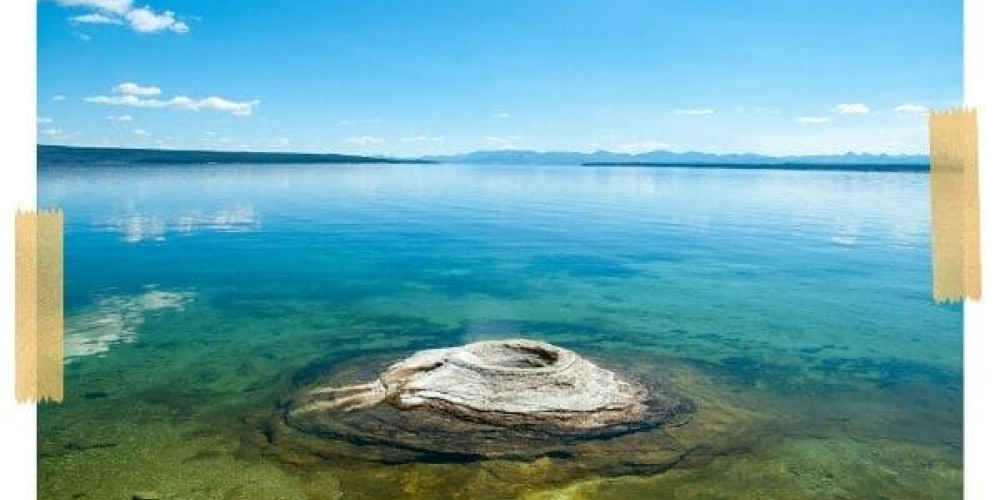
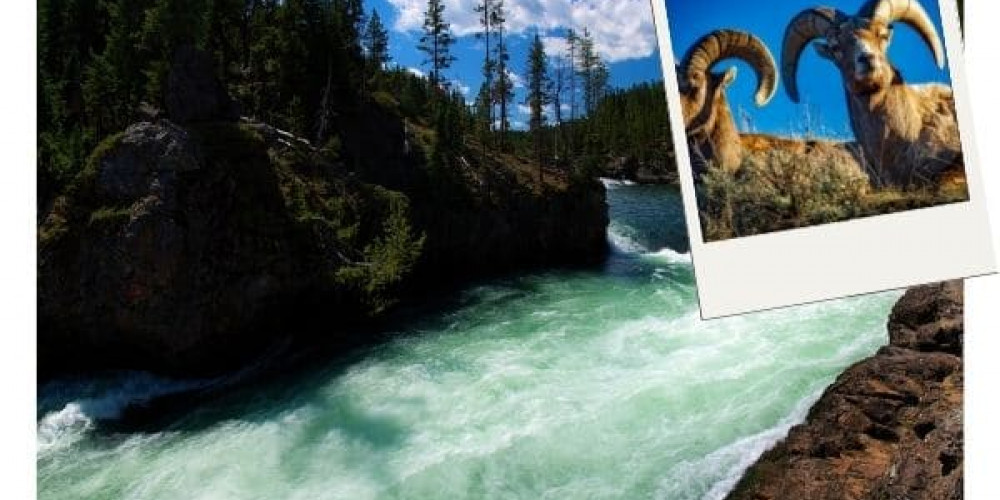
Yellowstone Lake, at 354 km2, is the largest high-mountain lake in North America. The mountain lake, which has an average temperature of 16°C, has made headlines recently because its bottom has risen several centimeters, indicating increasing geological activity.
Diverse wildlife awaits you in Yellowstone National Park! As you tour the landscape, you'll encounter bears, moose, bison, cougars, deer, bobcats, bighorn sheep, snow goats, bats, wolves, coyotes, silver badgers, beavers, marmots, and bald eagles, among others.
Regardless of the season, you can expect sudden changes in weather here at any time. Summers in Yellowstone are warm, with temperatures ranging from 25 to 30°C, and the countryside is often filled with severe thunderstorms. In some winters, you'll hike through the Yellowstone winter wonderland at -20°C.

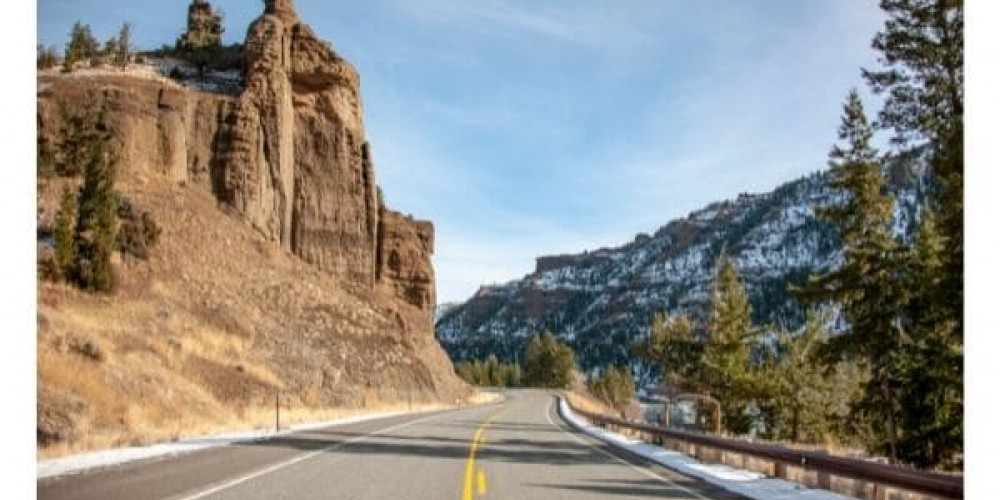
A photo safari through Yellowstone National Park will give you unforgettable pictures! Here are the best places to capture the spirit of Yellowstone National Park at its best:
You probably haven't heard these exciting facts about Yellowstone National Park:
Do you feel like you still don't know enough about Yellowstone National Park? Then you're sure to find all the answers to your questions in our FAQ:
For a visit to Yellowstone National Park, you can get the following tickets at the entrances:
On some days, park admission is free. These include Veterans Day or Martin Luther King Day, for example. Find out more on the National Park Service website.
Yellowstone National Park's nine lodges are open from late spring through fall. In the winter, there are only two lodges available: Old Faithful Snow Lodge and Mammoth Hot Springs Hotel. Be sure to reserve your accommodations early.
The lakes and rivers in Yellowstone National Park are dangerously cold, so we would not recommend you swim there. However, there are two official places where you can get in the water: the swimming hole in Firehole Canyon near Madison Junction and the Gardner River near the Thermal Outfall.
Yellowstone volcano is not expected to erupt in the next few hundred years. And if it did, the most likely activity would be lava flows only. However, there is no scientific evidence that a lava flow will occur anytime soon. The Yellowstone volcano is monitored around the clock so that the area can be evacuated in time if there is evidence of an impending eruption.
Yes, you may drive your car into Yellowstone National Park. From mid-May to early November, you can use all five entrances to the park. If you come in the winter, the north and northeast entrances are available.
Follow the posted speed limits at all times in the park and use the rest stops if you want to see wildlife. If weather conditions are challenging, be sure to check road conditions on your route in advance!
Want to read more about the breathtaking sights and national parks of the United States? Then join us on an adventurous excursion to Monument Valley, the Martian landscapes of Zion National Park in Utah, or the legendary Mount Rushmore!
We are looking forward to more trips together!
Win one of 55,000 Green Cards in the official Green Card Lottery of the US authorities!